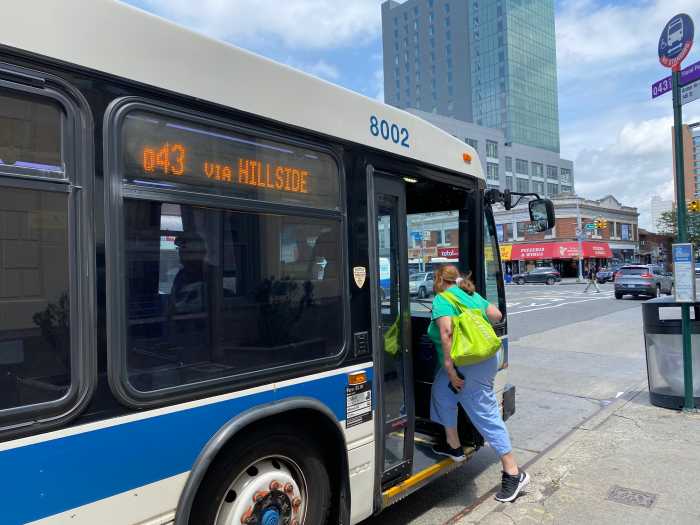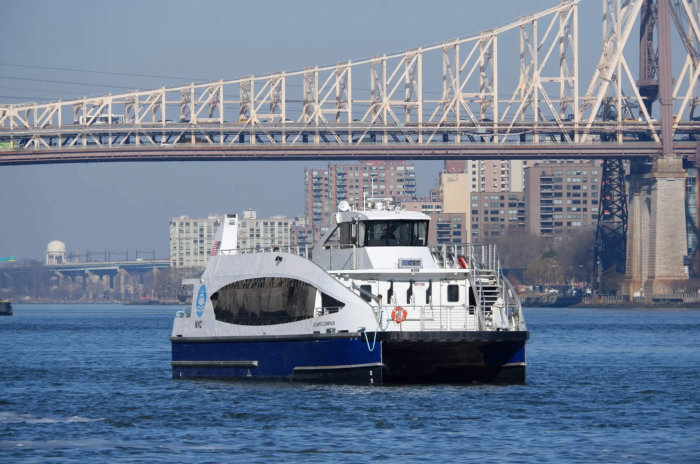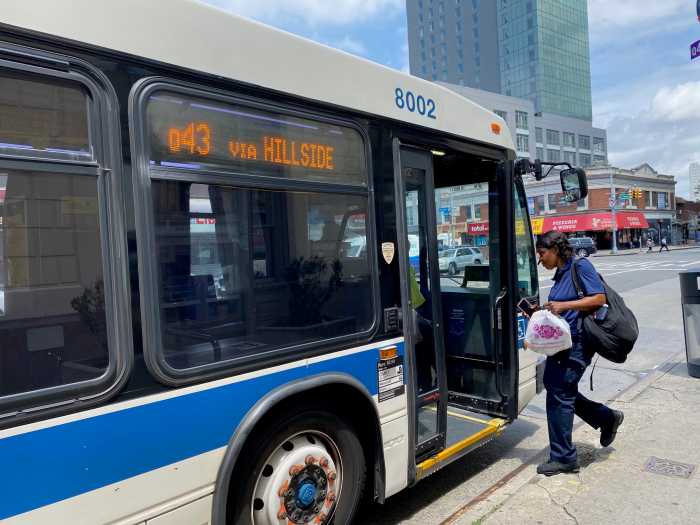The MTA is moving to extend its wildly popular pilot that allows disabled New Yorkers to hail accessible taxis on demand — though the future of the program is still up in the air.
The authority will propose to its board a plan to extend the program through the end of 2019, the MTA announced Sunday. The pilot, currently slated to end next month, would still be available to its current, small pool of 1,200 Access-A-Ride users at $2.75 per trip.
“Improving accessibility and service for our customers with disabilities is one of the four pillars of our plan to modernize transit in New York City,” said NYC Transit President Andy Byford in a statement. “While forging ahead with making the subway more accessible and enhancing our fully wheelchair-accessible bus fleet, we’re also modernizing and improving the Access-a-Ride service that more than 150,000 New Yorkers depend upon.”
While Access-A-Ride requires riders to book trips a day in advance, pilot participants can hail a yellow or green taxi any time through an app, similar to other e-hail services. Since its launch in the fall 2017 as a one-year test, the MTA has extended the program but had difficulty grappling with its cost; the authority widely underestimated how many people would use the service and has had to bolster it with additional funds.
There has been a great deal of anxiety among wheelchair users and accessibility advocates over the fate of the program, which they feel greatly improves travel flexibility. But Sunday’s announcement did little to abate those concerns.
Joe Rappaport, the executive director of the Brooklyn Center for Independence of the Disabled, said he was worried that the MTA would eventually alter the pilot to make it more cost-effective.
“The announcement raises more questions than answers,” Rappaport said.
“The MTA is absolutely not committing to keeping the very popular version of on-demand going,” he continued. “Really what will happen is the MTA will have to sit down with riders, with public officials and with advocates to explain what it wants to do, why it wants to do it and whether something closer to the current design of the program can be preserved.”
The MTA said in its news release that it will continue to “establish how and if [the pilot] can be made more sustainably permanent and even expandable.” The authority did not respond to questions related to ridership and funding of the e-hail pilot. About 26,000 trips a month are completed through the program, according to MTA spokesman Maxwell Young.
The MTA also touted in its release a relatively new initiative called “enhanced broker service” that aims to put more AAR riders in taxis and black cars, a cheaper alternative to the AAR’s fleet. Rappaport said that program has been rocky since its start on March 1.
“What we’ve heard is that it’s been a very rough change for riders — that they don’t get the rides they asked for and even get abandoned. They’re not picked up,” he said. “This might work better for riders and, ultimately, the MTA. But so far not so good.”





































